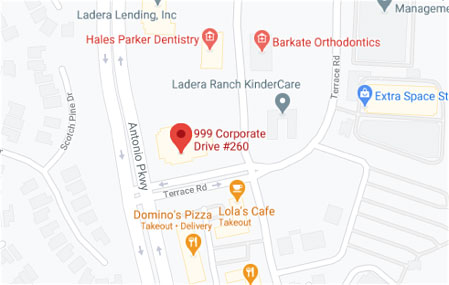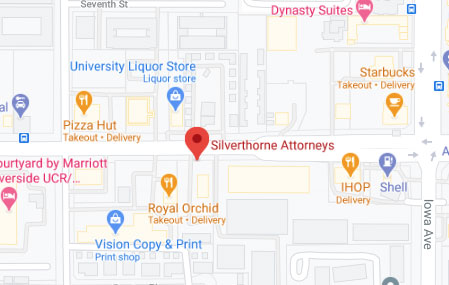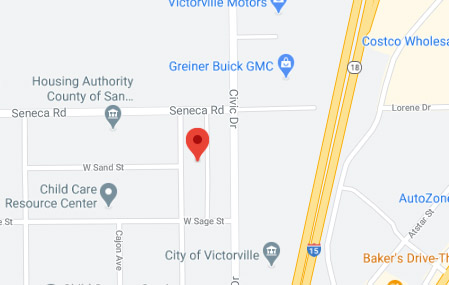
There different environmental conditions and individual actions that lead to a pedestrian being in the path of a moving vehicle. Sometimes, pedestrian accidents happen because not only one but both parties are not paying attention. With Spring upon us, that means that more people will be out on their bikes or walking. More foot traffic means that there is a great potential for accidents. Working for an accident attorney means that I am much more cautious when I am driving and walking. Therefore, I put together some interesting research I have done about the dynamics of vehicle-pedestrian collisions. If you are suffering from injuries due to an accident, please do not hesitate to contact a car accident lawyer at Silverthorne Attorneys today. Consultations are free!
Accident Attorney | Vehicle-Pedestrian Collisions
The location and timing of where a vehicle-pedestrian collision occurs are very important components when determining liability. Yes, in California there is the law that states that pedestrians have the right-of-way. However, pedestrians also have to follow certain laws when they are crossing a road. for instance, if a pedestrian walks into a busy intersection and get hit by oncoming traffic. Unfortunately in that case, it means that the pedestrian is at fault.
Except for unusual examples, most of the injuries in a vehicle-pedestrian collision are one-sided. Meaning that the pedestrian is likely to sustain far greater injuries than the driver. With the exception that the driver will make reasonable efforts to avoid the collision, determining liability can be an open and closed case.
What Happened to Discern Why It Happened
We are going to look at an example of a vehicle-pedestrian accident in order to see what happened and discern why it happened. Here are some things I have gathered:
- Location of the Impact
In these accidents, it is important to understand the location of the pedestrian at the time of the accident. This is relative to their final rest position (if they are hit, where the impact took them). in doing this, it is possible to determine “Throw Distance.” This will provide a method to determine the speed of the moving vehicle. the location of the impact is also an important factor in determining liability (within crosswalk, shoulder, travel lane, etc.). - Vehicle Dynamics
The vehicle’s speed, travel path, and braking input all provide insight into the driver’s actions and intentions at the time of the crash. This can be helpful in understanding when the driver recognized the pedestrian and if there was enough time and distance to avoid the accident. - Pedestrian Dynamics
A driver’s actions cannot be evaluated completely without understanding the dynamics of the pedestrian. for instance, the speed, direction, travel path of the pedestrian leading up to the time of the accident. Adjusters take all of these into account with evaluating a claim.
Relative Hazards & Logistics
- There needs to be analysis of the crash environment, vehicle and pedestrian dynamics. These help provide the framework for determining when and where the pedestrian became a hazard to the driver.
- This analysis also provides the foundational information required to determine a maximum time and distance for the driver to avoid impact. However, there are other contributing factors to consider.
Miscellaneous Contributing Factors
There are countless contributing factors to consider during vehicle-pedestrian collisions. These include the following ambient lighting, distractions, visibility, intoxication, weather conditions, and vehicle malfunctions.
Injured? Contact a Car Accident Lawyer Today!
Silverthorne Attorneys handles an array of personal injury cases. From car accidents, dog bites, pedestrian accidents, etc. and if you are suffering from severe injuries due to the negligence of another, please do not hesitate to contact us to discuss your case. Consultations with an attorney in our office are free.












